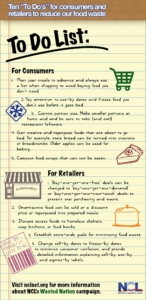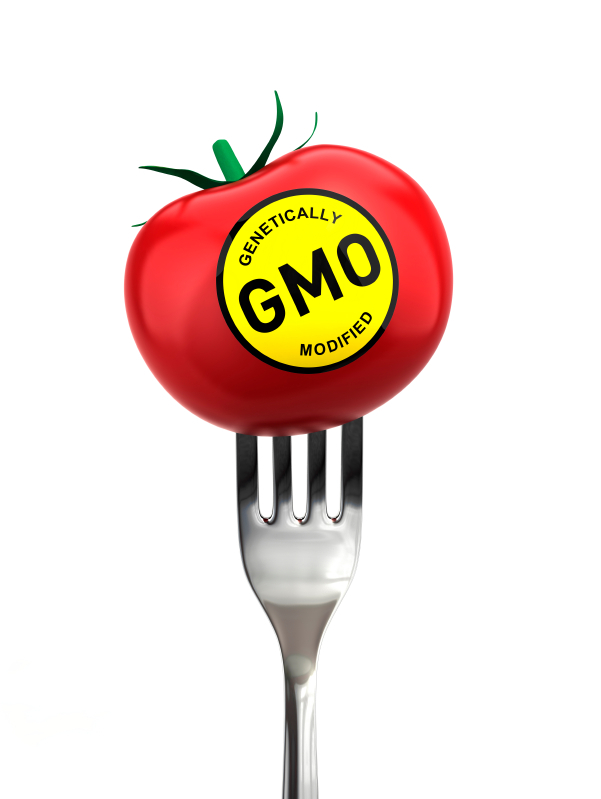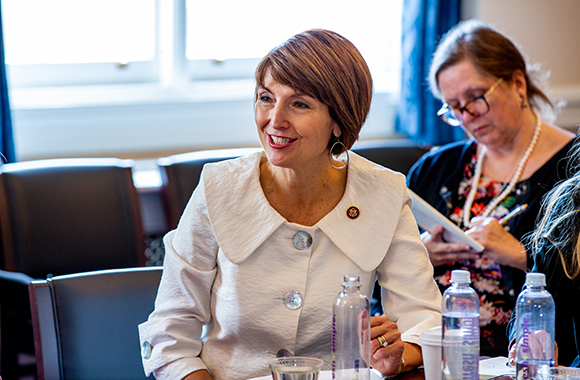President’s budget brings good news to food safety advocates – National Consumers League
 Monday, the president released his budget and with it, a proposal to create one single federal agency focused on food safety. The proposal came days after Sen. Dick Durbin (D-IL) and Rep. Rosa DeLauro (D-CT) introduced bills to create an independent federal food safety agency. Both the budget and this legislation seek to reallocate food safety inspections, labeling, and enforcement into a single agency cutting government costs and overlap.
Monday, the president released his budget and with it, a proposal to create one single federal agency focused on food safety. The proposal came days after Sen. Dick Durbin (D-IL) and Rep. Rosa DeLauro (D-CT) introduced bills to create an independent federal food safety agency. Both the budget and this legislation seek to reallocate food safety inspections, labeling, and enforcement into a single agency cutting government costs and overlap.
As it presently stands, most food safety responsibilities are split between the Food and Drug Administration (FDA) and the Food Safety Inspection Service (FSIS), a division of the U.S. Department of Agriculture (USDA). The current setup is redundant and fragmented. FSIS is responsible for meat, poultry and eggs while FDA regulates everything else. The system becomes confusing for some foods like eggs where FDA is responsible for the health of the hens but FSIS must ensure that the eggs are safe for consumption.
Food safety advocates have long called for the consolidation of these agencies into one. Streamlining the food safety operations would reduce unnecessary overlap between the agencies. The proposed new food safety agency would also be responsible for coordinating with state and local health departments after a food borne illness outbreak, a job the Centers for Disease Control and Prevention (CDC) currently is responsible for. Moving this responsibility to the new agency could allow for faster reaction times and better trace back to contaminated food sources.
The food safety policies presented by the President and Congress in the past week are cause for celebration among both food safety advocates and consumers. While these policies have only just been proposed, they are a promising sign of positive changes for our food safety. Members of Congress should make implementing a new agency similar to the one President Obama laid out a priority.

 The report details the ethical, environmental and financial costs of food waste, demonstrating how far reaching and severe the problem is. In the past year, 49 million Americans were unable to consistently put food on the table, a shocking number considering some 40 percent of food in the U.S. goes uneaten. American’s aren’t just throwing away food, they are throwing away 35 MILLION tons of food every year. This costs a family of four somewhere in the ballpark of $1,350 to $2,275 each year. When wasted food finds its final resting place in the landfill, it decomposes releasing methane, the second most common greenhouse gas with twenty times the global warming potential of carbon dioxide.
The report details the ethical, environmental and financial costs of food waste, demonstrating how far reaching and severe the problem is. In the past year, 49 million Americans were unable to consistently put food on the table, a shocking number considering some 40 percent of food in the U.S. goes uneaten. American’s aren’t just throwing away food, they are throwing away 35 MILLION tons of food every year. This costs a family of four somewhere in the ballpark of $1,350 to $2,275 each year. When wasted food finds its final resting place in the landfill, it decomposes releasing methane, the second most common greenhouse gas with twenty times the global warming potential of carbon dioxide. When you think of controversial policies, school lunch isn’t the first thing that should come to mind. As a nation fighting a childhood obesity epidemic, school lunches play an important role in getting us back on track. Schools provide one, and sometimes two, of the three meals kids eat each day, packing the biggest punch for kids who depend on these meals for nourishment. How can we justify serving anything but wholesome, nutritious food when that is the case?
When you think of controversial policies, school lunch isn’t the first thing that should come to mind. As a nation fighting a childhood obesity epidemic, school lunches play an important role in getting us back on track. Schools provide one, and sometimes two, of the three meals kids eat each day, packing the biggest punch for kids who depend on these meals for nourishment. How can we justify serving anything but wholesome, nutritious food when that is the case?
 The recent GMO labeling buzz has got me thinking. What do we, as a nation, really know about GMOs? Turns out we know surprisingly little. Only
The recent GMO labeling buzz has got me thinking. What do we, as a nation, really know about GMOs? Turns out we know surprisingly little. Only 














